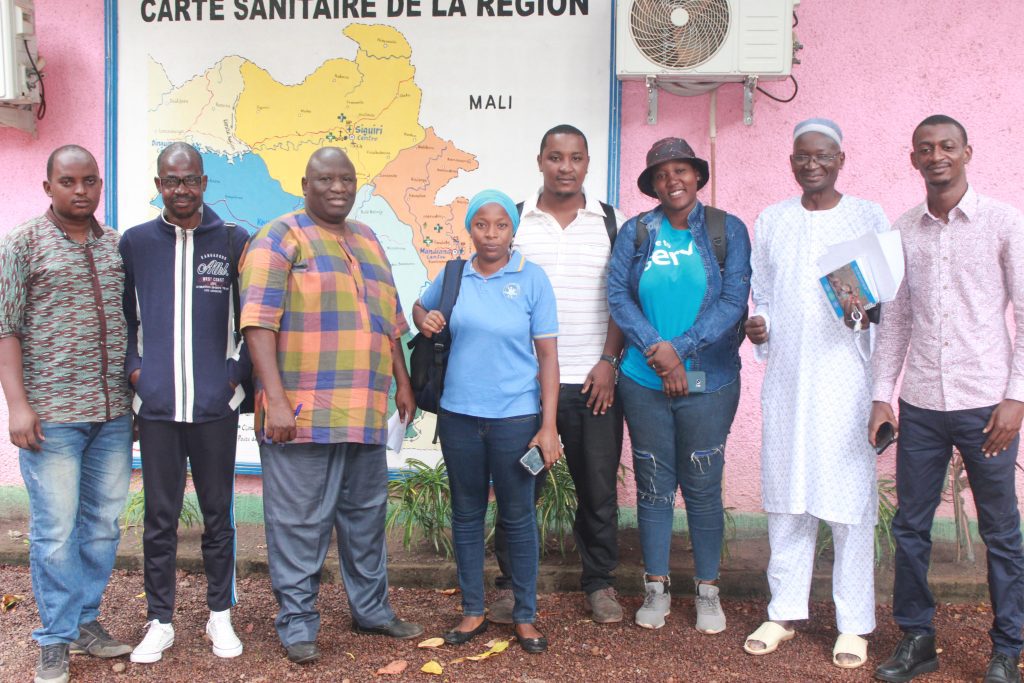Menu
A study that examined the effectiveness and challenges of an integrated measles and meningitis A mass vaccination campaign in two high-risk regions of Guinea.
Kankan and Siguiri Districts
In May 2022, the Ministry of Health and Sanitation (MSHP) of Guinea delivered an integrated measles and meningitis A vaccination campaign. To understand the campaign’s successes and challenges, researchers from The Fondation Santé et Développement Durable (FOSAD) and the Centre d’Excellence de Formation et Recherche sur les Maladies Prioritaires en Guinée (CEFORPAG) conducted an implementation research study to better understand the campaign’s successes and challenges and articulate lessons learned.

In Guinea, measles and meningitis outbreaks often overlap, especially in high-risk areas. To reduce the impacts of these diseases, the World Health Organization recently recommended that all countries at high risk for meningitis launch mass vaccination campaigns to immunize individuals against measles and meningitis A.
In May 2022, the Ministry of Health and Sanitation of Guinea, together with partners, delivered an integrated mass vaccination campaign for measles and meningitis A.
View the slides and report for detail on the research methods.
The COVID-19 pandemic disrupted health campaigns around the world. Focus shifted to controlling COVID-19, which led to increased difficulty reaching unvaccinated children through other health campaigns. Subsequently, there is an urgent need to catch these children up on their immunizations.
The objectives of this study were to:

To explore the effectiveness and challenges of an integrated measles and meningitis A vaccination campaign in two high-risk districts and extract best practices, researchers conducted a mixed-methods study that involved gathering coverage data and interviewing stakeholders. The findings illustrate that while the campaign was generally successful and well-received, there were challenges around microplanning, as well as campaign personnel workloads.
Scroll down for more key findings.